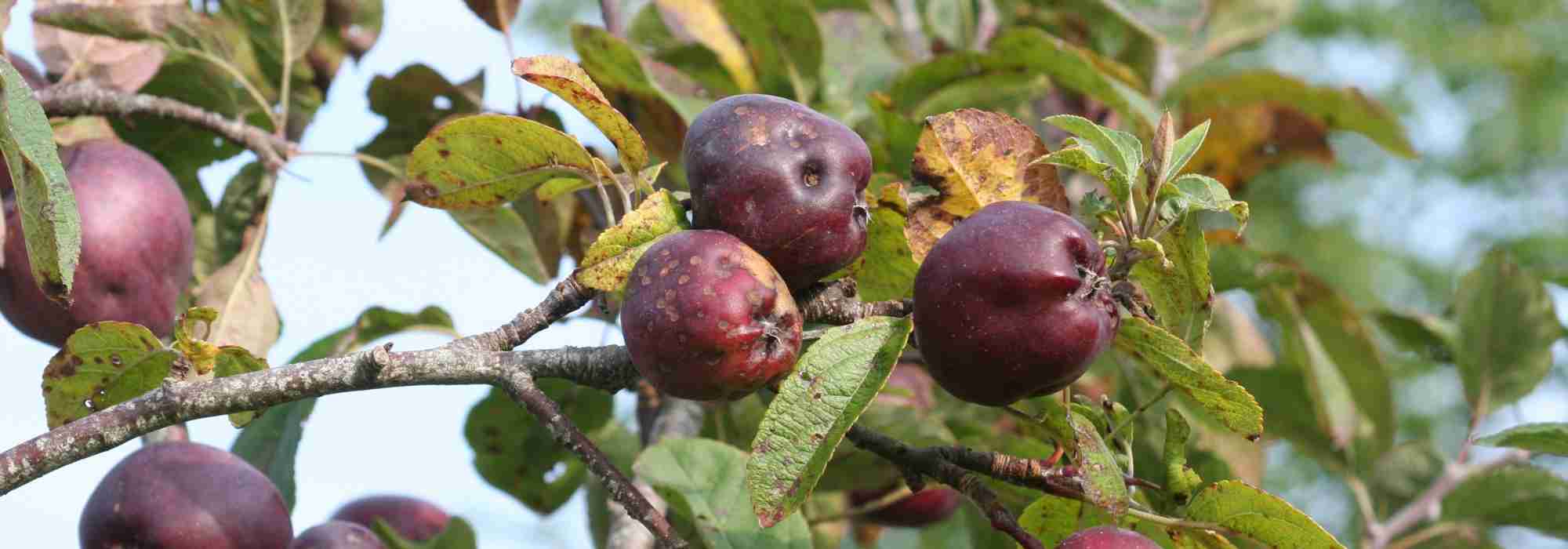
Apple scab on apple and other fruit trees
Control and treatment of this disease
Contents
Scab is a disease caused by a fungus (Venturia sp.) that mainly affects apple trees and pear trees, and is their principal disease. It is particularly virulent in regions such as Brittany and Normandy because of mild, humid summers.
Other kinds of fungi are responsible for scab-like symptoms, such as Fusicladium carpophilum on plum, peach and almond trees. The most conspicuous symptoms are corky scabs or blackish cracks that speckle the skin of fruit if they have not fallen before ripeness. The disease attacks foliage before affecting shoots, flowers and fruit.
Which species are susceptible to scab?
Scab constitutes the main fungal attack on apple trees (Venturia inaequalis) and pear trees (Venturia pirina), prompting agronomists to develop resistant varieties such as Ariane, Florina, Reinette Grise du Canada among apple trees…
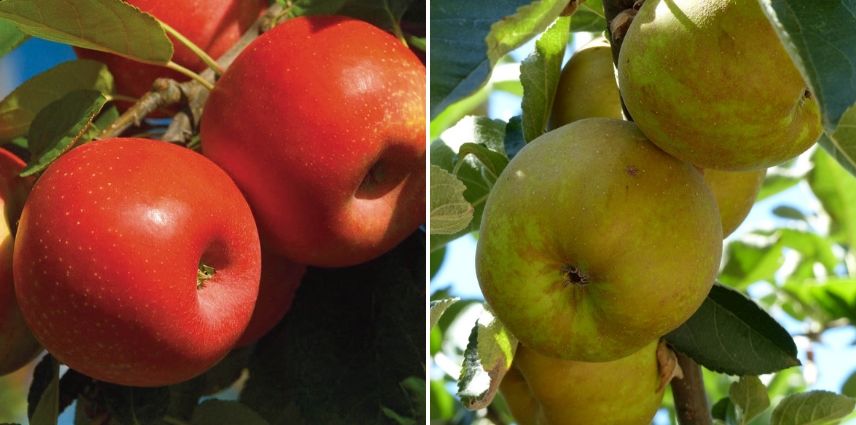
Examples of apple trees resistant to scab: ‘Ariane’ and ‘Reinette Grise du Canada’
Quince trees, plums, peaches, sometimes even apricot or almond are essential oils susceptible to other forms of scab such as Fusicladium carpophilum.
Ornamental essential oils are not spared; scab can affect :
- pyracantha: green-grey spots on leaves becoming dark and velvety before yellowing and falling, small cankers on branches, fruits spotted green-brown and falling early,
- willow: black spots on young leaves, near veins of mature leaves, shoots that curl, dry out and develop small black lesions,
- hawthorn: small olive-green to black spots on leaves that become necrotic and cause leaf drop, then on flowers, fruits and branches. Infection is favoured by cool weather from early spring to late autumn.
How to recognise scab?
Scab infection begins on leaves between early spring and late summer. It occurs from spores that notably contaminated various parts of the tree the previous year.
Symptoms appear in the following order :
1) On leaves :
In spring, small translucent spots appear 3-4 weeks after spores spread. They enlarge and develop into an olive-brown colour with a velvety appearance before undergoing necrosis. Leaves eventually fall, contaminating other organs.
2) On twigs :
If disease is not treated, brownish spots turn into pustules which, as they enlarge, lead to lifting of the bark. Bark cracks and detaches in scales. Fruiting bodies appear as small brown cushions.
3) On flowers :
Spots appear on sepals and ovary, causing fruit to abort.
4) On fruits :
Fruit epidermis bears small olive-brown spots that coalesce, developing into a dark brown-black colour and a cracked, cork-like appearance.

Scab symptoms
Discover other Fruit trees
View all →Available in 0 sizes
Available in 1 sizes
Available in 1 sizes
Available in 1 sizes
Available in 1 sizes
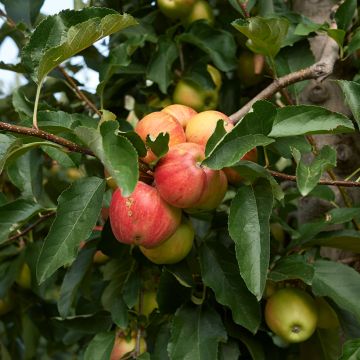
Available in 1 sizes
Available in 1 sizes
Available in 1 sizes
Available in 1 sizes
Available in 1 sizes
Factors favouring scab
Several factors favour the appearance of scab:
- Mild, wet spring favours dissemination of fungal spores by wind at flowering;
- Regions with humid summers;
- Sensitive fruit tree varieties;
- Presence of fruits or shoots contaminated in soil or on tree.
Read also
Liming fruit treesControl and treatment of scab
To combat apple scab:
- Collect diseased fruits and leaves in autumn and burn them.
- Prune in autumn shoots showing bark scaling.
Regarding treatments, we recommend:
- Carry out a three-stage copper treatment: first just before leaf fall, second before bud swelling and third just before flowering.
Note : preferably use copper hydroxide as this active ingredient proves more effective than copper sulphate (Bordeaux mixture) or copper oxychloride against scab. This substance also lacks the depressive effect sometimes observed with copper sulphate on plants in leaf.
- In humid conditions with mild temperatures, you can supplement or replace copper treatment, which proves toxic to soil in the long term, particularly for earthworm survival, with:
- a bicarbonate of soda treatment that acts curatively, by blocking fungus development: 3 to 10 g/L on apple trees, up to 8 applications spaced 10 days apart;
- talc, which acts preventively: 13 to 21 g/L applied every 2 to 3 weeks, 3 to 5 times per season;
- a willow bark infusion that acts preventively. Treat fruit trees with up to 6 applications spaced 7 days apart.
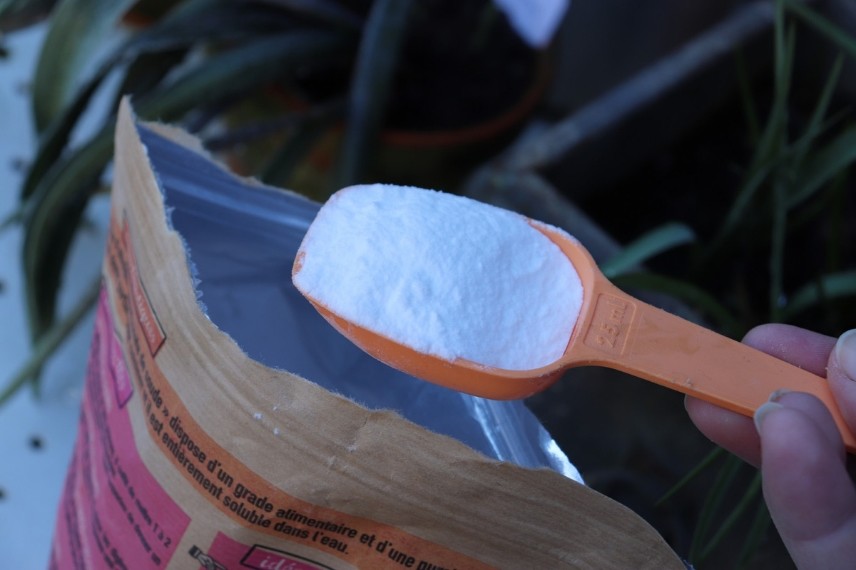
Bicarbonate of soda, curative treatment
Recipe for willow bark infusion
- Bring 3 L water, adjusted to pH 6.2, to a gentle simmer.
- At 80oC, infuse 20 g of willow bark for 2 hours.
- After cooling and filtering, dilute 1:3 with water. The theoretical concentration of bark in the final preparation applied to plants is 2.22 g/L.
(source 2019 ITAB Institute of Organic Agriculture and Food)
- Subscribe!
- Contents
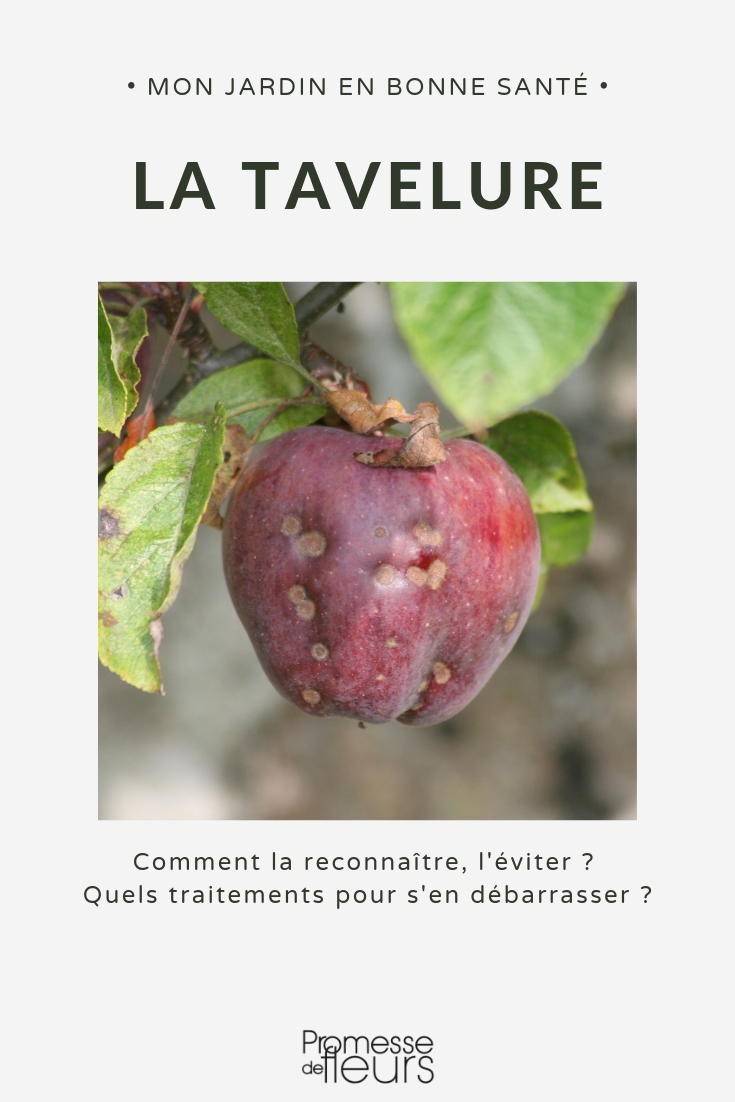
































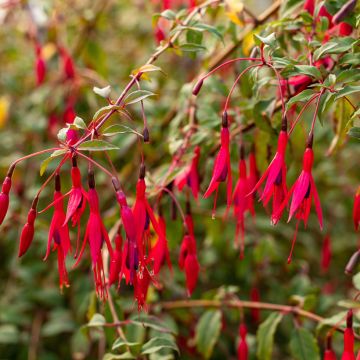
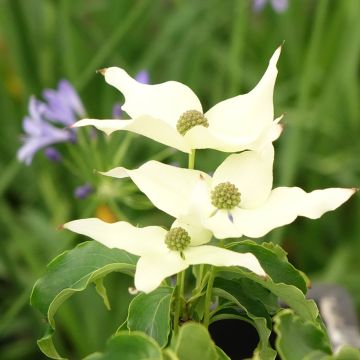
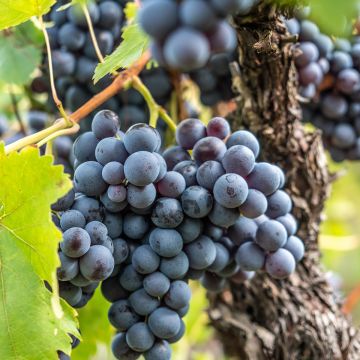

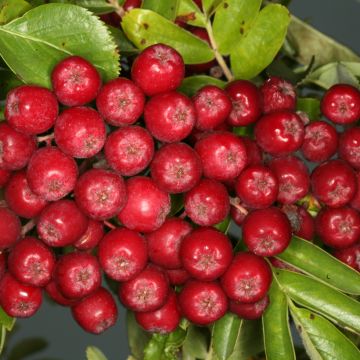
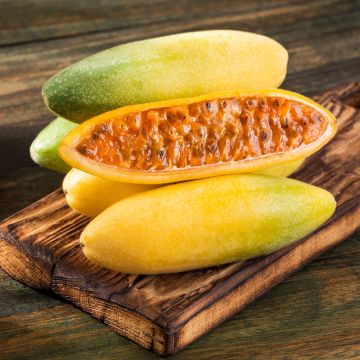

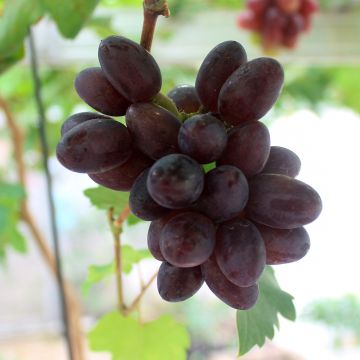
Comments